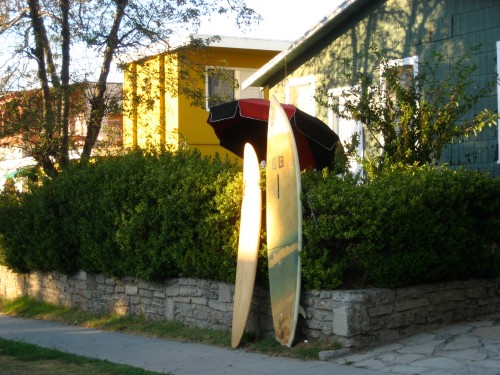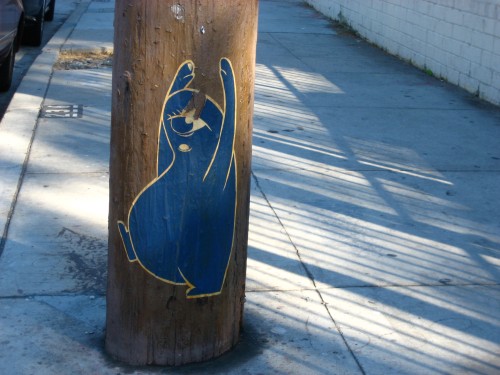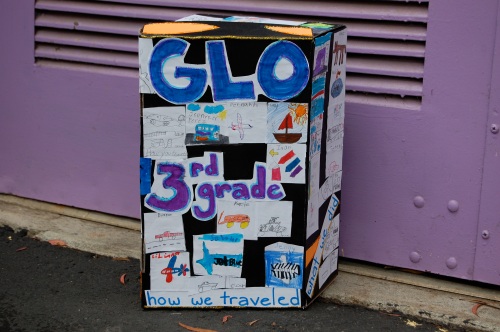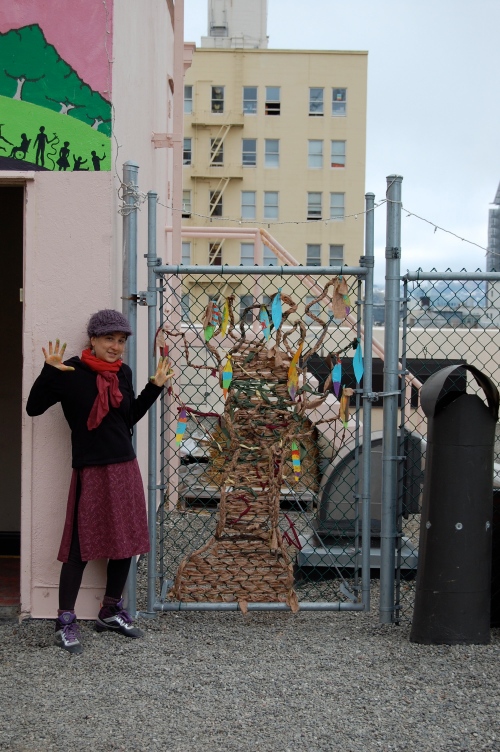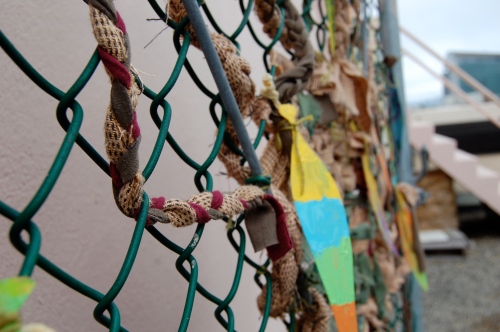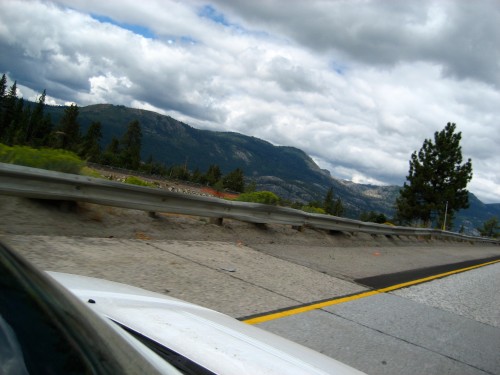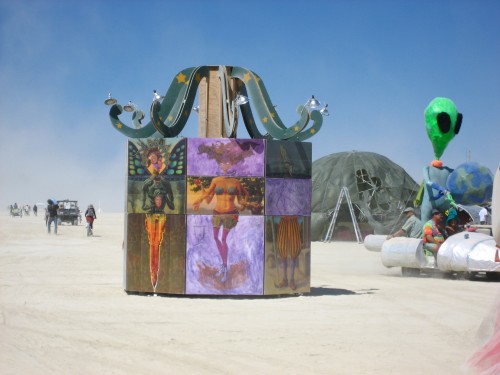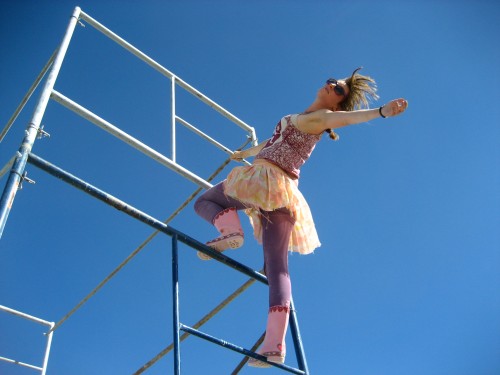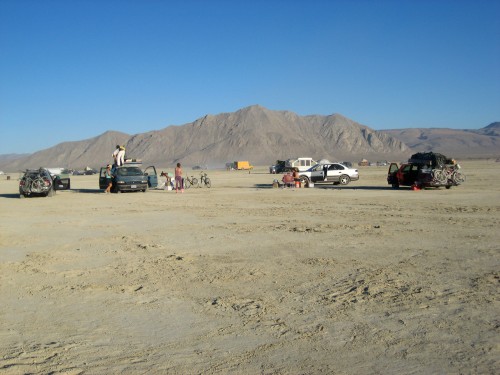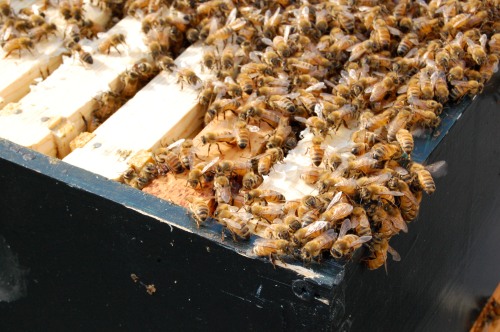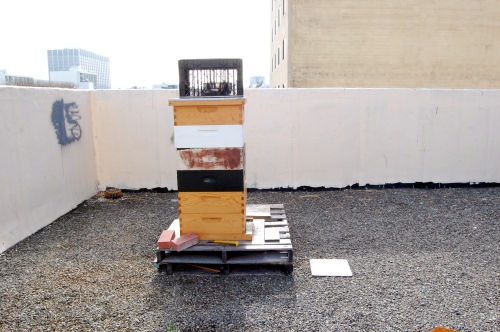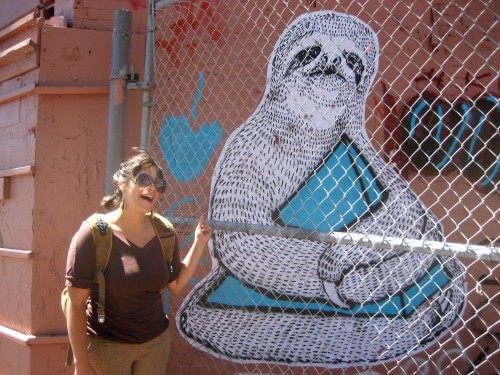My meeting and discussion with three teachers from Aprendamos, the arm of IDEPSCA serving elementary-aged students, seemed too important to let evaporate beyond the summarized points that fit into my article for Spot.us. So I’m reproducing my notes below so that the ideas are out of my notebook where anyone can think about them. I, and probably most of us involved in critical pedagogy, would love to continue this discussion with anyone and everyone who is interested, for a simple reason.
Popular education IS this discussion.
Should I give the real name and location of Aprendamos?
Yes. The offices are at 1565 W 14th St, Los Angeles, CA 90015. The website is http://www.idepsca.org/aprendamos. The site for the summer session was CARECEN, located at 2845 W 7th St, Los Angeles, CA 90005.
How do you describe the demographics of Aprendamos?
Nearly 100% Latino. Some students have migrated to the United States in just the past couple of years, mostly from Mexico and Central America – but there was more diversity in the student groups when Aprendamos was working inside of LAUSD schools. This neighborhood [Westlake/MacArthur Park] also has the largest population of indigenous people, and some students have to learn Spanish as well as English when they start attending school. Pride in cultural backgrounds is an important component of the learning goals and priorities agreed upon by Aprendamos.
How does popular education inform your practices at Aprendamos? Feel free to comment on any aspect of the popular education theory that is important to you.
One constant question is how to incorporate popular education principles into standard academic subjects, like math and literacy. When Aprendamos was working in the public schools, on school property, it quickly felt like they were falling into the LAUSD focus on standards. This is one of the reasons that constant evaluation is so important in maintaining a system of popular education. It seems sometimes like this program engages children in the same activities as any other – what’s special about it, after all? At LAUSD, the physical space became important; they began to rearrange seating into a circle, which represents the equality and fluidity that popular education strives for. It felt as though they would sneak into popular education mode behind closed doors. Whatever discussion was happening among the students, they tried to incorporate themselves into it. Really caring about the children means really talking to them. To the Aprendamos teachers, an important goal is instilling love – encompassing community in this sense of the term – in education. The thematic curriculum used by Aprendamos is symbolic of that (with week-long units on community, identity, social justice, &c.) Teachers are able to focus on children’s special realities and learn about their personal lives, especially during the week themed around family. Aprendamos teachers often end up actually working with entire families because of the issues that children bring up in their classes. They sometimes act almost like a support group, and work through deep challenges. The legal bureaucracy facing educators in schools is so estranged from those values.
Students at LAUSD were surprised not to have homework in their classes, and they would say that there was no work. They would get to talk more, and they would get excited. Teachers at Aprendamos have had opportunities to address imbalances in society, just small actions of raising consciousness among the students. One example is comparing jobs that are predominant in this community, with so many people working with their hands, cleaning and fixing things. They would talk about recognizing the value of these positions that keep the city looking beautiful, although they are assigned less monetary value.
Another major question is how children become critical thinkers? At Aprendamos, children participate in campaigns and create analytical questions. The curriculum is personalized through flexibility; teachers respond to whatever they are hearing and seeing during the session. They arrive with a lesson plan, but students actually guide the class.
How do you introduce ideas in ways that are appropriate to different age groups? For example, how to introduce a phrase like “social justice”? Even the youngest understand the concept of fair and not fair – that’s a good start.
Still, is it vital to maintain certain boundaries?
They laugh – there have to be boundaries, right? So that everyone can be as equal as possible. There have to be boundaries of respect, and emotional and physical safety. This is the purpose of establishing “community agreements”, a group process at the beginning of each session when students create their own rules and consequences. Together, they discuss what will help them learn in class and vote on every proposed rule, with any one student contributing as much as the teacher does. Students learn about voting and democracy at the same time as analyzing what is fair and what they’ll actually learn from. Students might propose stricter consequences than teachers feel comfortable implementing – for example, are detention and suspension best practices for learning? Consequences are not intended to be punishments, they are supposed to be ways to learn.
The agreements and consequences are constantly changing, and this process takes a long time. It’s usually shocking for children to take on this responsibility, and it holds them more accountable. For teachers, it is important to communicate to parents how different this process is from conventional educational structures; contacting parents often automatically produces fear for students and irritation for their parents, who are accustomed to only negative communication about their child.
In popular education, students spend a lot of time teaching as well – there is a pattern of doing work, sharing work. Presentations to the group are frequent, and sometimes daily. The Aprendamos teachers find that the best approach to habitual troublemakers is giving them leadership roles.
Another goal at Aprendamos is organizing with children, and helping them learn to read their realities. They want to take action. Immigration always comes up, and the solutions they imagine are direct and clear. With the multimedia portion of the program, which is intended to bridge the digital divide, students practice using cameras, tech equipment, and even cell phones to document their realities.
What about On the Move? Did my practice of student-centric pedagogy seem productive, chaotic? What should I change or expand in this curriculum? How can I improve?
It seemed to work well with Aprendamos’ practice of popular education. It may have been too much information for the little ones – as young as 4 years old – but the lesson plan seemd like a flowing, nice process. Having puppets and other visual/tactile aids was good.
Maybe there could be a presentation of the same story, but using local characters and culture to make it more accessible to the young children…
Having time to relax is also important.

Thank you so much to Samyrha Saba, Mariella Saba, and Alejandra Leyva for a wonderful conversation and inspiring ideas.


